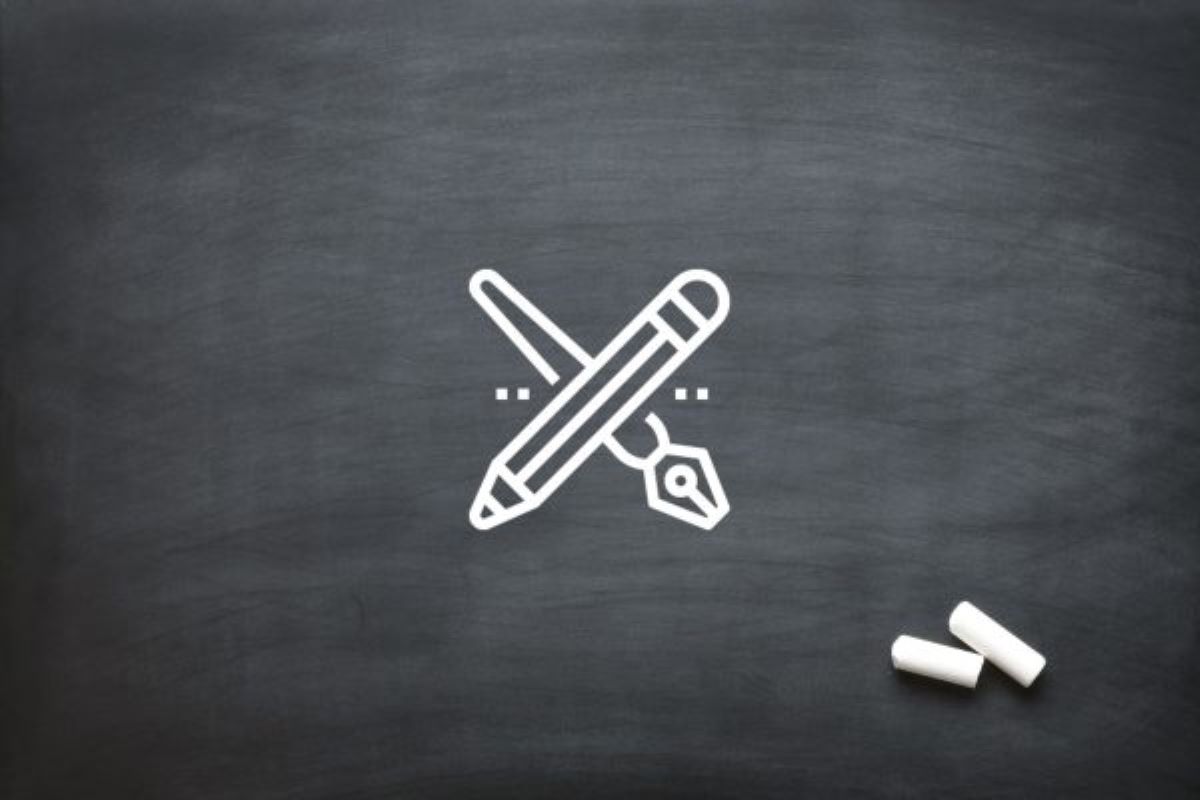
2D Animation vs 3D Animation
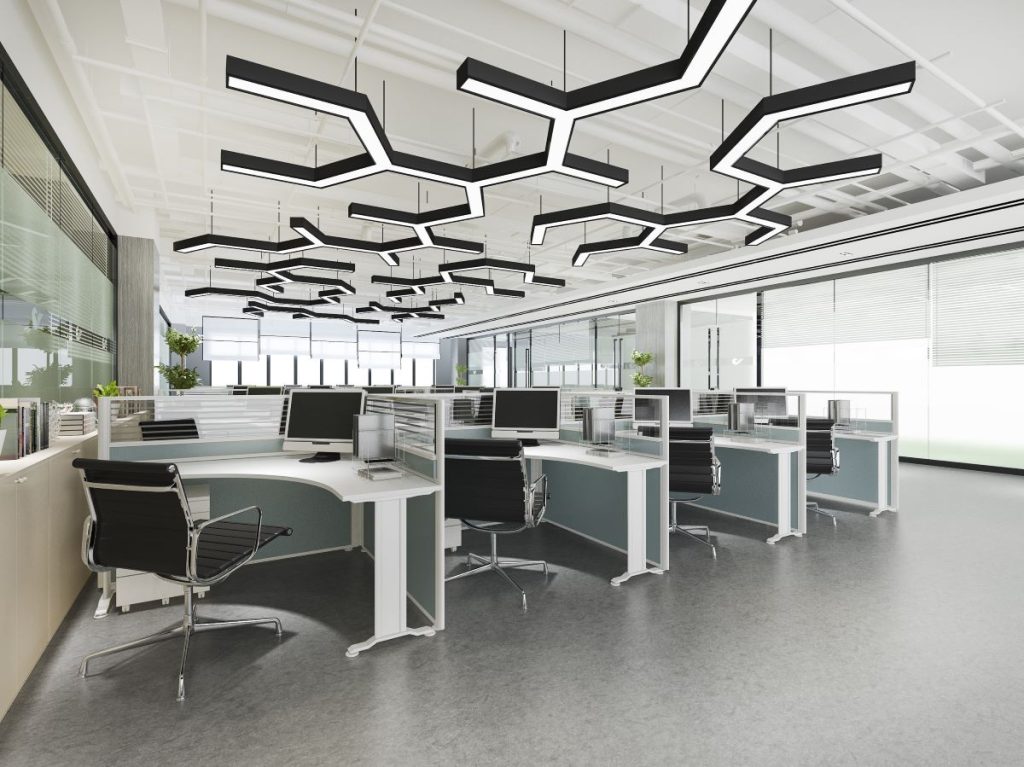
Each form of animation serves a specific purpose and is more applicable to certain topics than others.
The question for a long time has been:
Should I use 3D or 2D animation?
That really depends on what you are trying to communicate and visualise.
Below we’ll be discussing the key differences between 3D and 2D animation, as well as how these two forms of animation can be used, and which topics or industries they best serve:
2D Animation vs 3D Animation
2D Animation:
2D Animation is also referred to as traditional animation. Traditional animation consists of a collection of flat frames or pictures in which the elements within the flat pictures or frames move slightly in each rendition.
These flat pictures or frames are then stitched together to simulate movement.
2D Animation has been widely used in marketing since the 1940s and has evolved considerably over the years.
2D Animation allows for rapid development thanks to the software and hardware technology advancements we have enjoyed over the past decade making it great for projects with short deadlines and smaller budgets.
The software used to produce this form of animation is not very demanding, allowing more people to produce visually appealing 2D animated videos which translate to competitive pricing within the industry allowing you to get a better “bang for your buck” when it comes to content development.
2D Animation is best suited for smaller companies and companies that operate within the corporate realm because of their need to explain or present processes, services and topics both internally and externally in a way that is digestible and visually appealing.
However 2D animation can feel less dynamic when compared to 3D animation because of the flat two-dimensional appearances it can sometimes come across as less immersive or lifelike, but it has its place and certain topics are better explained through 2D than 3D.
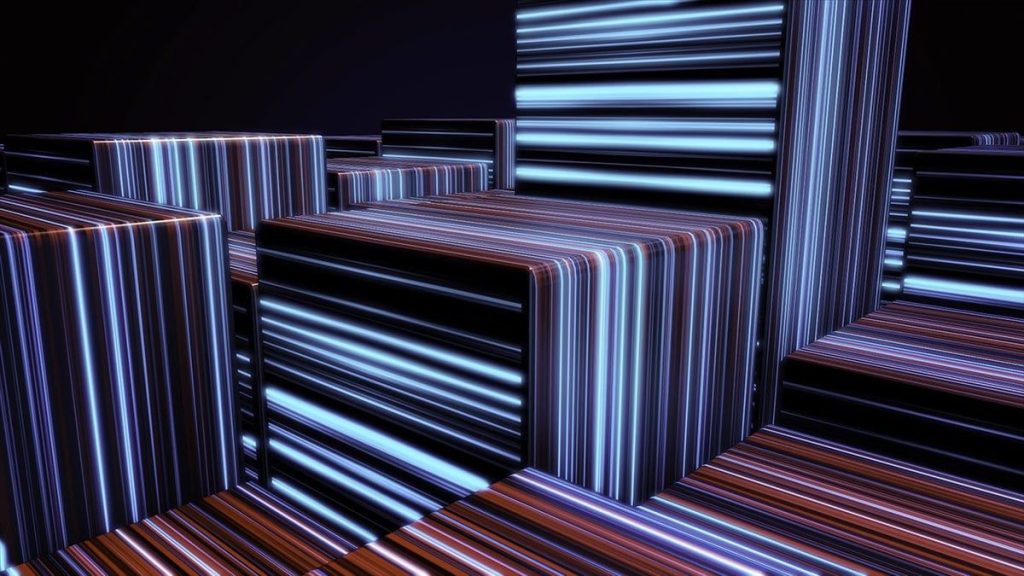
Tips for 2D animation production
- Plan your animation: Before starting your animation, create a storyboard, this will allow you to collaborate on a visual level. Depending on the complexity of the animation and the parties involved your storyboard may vary in detail. Ultimately it is a working document and serves a particular purpose in the planning of the video, so do not waste too much time on it if the project does not demand it.
- Choose your software: There are plenty of software options available for 2D animation such as Blender or Adobe Animate. Your animation studio will be proficient in their tools and may use multiple tools depending on the project.
- Utilise keyframes: Keyframing is an essential technique in animation. Set up keyframes for each scene to define where an animation begins and ends.
- Use a light table: A light table can help you to trace your drawings when creating your animation frames. This is especially important when creating whiteboard animation time lapses or very detailed custom animations.
- Pay attention to timing and spacing: Timing and spacing are essential for creating believable motion. Experiment with different speeds, pacing and timing to create the illusion of movement.
- Focus on character design: Invest time in character design to ensure that the characters are appealing, easy to animate and visually consistent throughout the animation. Once created they can be reused for additional content.
- Use reference material: Use reference material such as videos, images or animation clips to get inspiration for your animation and to ensure accuracy in movements and anatomy.
- Keep it simple: Avoid overcomplicating your animation with too many elements. Focus on storytelling and use simple techniques that are easy to animate and understand.
3D Animation:
3D Animation unlike 2D adds a deeper and more immersive dimension allowing objects to be computer generated and moved like one would with real objects.
3D Animation or computer animation uses motion to produce almost life-like scenes, objects or interactions.
This style of animation has gained increased popularity over 2D animation because of its ability to further immerse viewers.
3D animation is best suited for companies operating within industrial and commercial sectors because of its ability to showcase things like the inner workings of complex machinery, virtual tours and many more.
However, the production behind 3D animation is a lot more time consuming because of the level of detail captured within these forms of animated video.
3D is also a more specialised skill that requires stronger and more capable hardware to produce dynamic content, making it a more expensive endeavour when compared to 2D animation.
However, once models or objects have been developed in 3D they can be re-used indefinitely, this allows for repeat content to be developed more efficiently.
The possibilities offered by 3D animation are seemingly endless with the animator having the ability to design and animate virtually anything.
3D also bridges the gaps within the traditional video when filming conditions may be hazardous or pose threats to the safety of the filming crew. Because of 3D’s ability to animate in a way that is very realistic you are able to generate content that simulates the above-mentioned subjects, safely and effectively.
Tips for 3D animation production
- Create a detailed storyboard: A detailed storyboard will help you to visualise your animation and plan out the camera angles, lighting, and movements for each scene. 3D Animation is a lot more detail-orientated than 2D which means your storyboard should follow suit.
- Model your objects with care: Pay attention to detail when modeling your objects to ensure that they are realistic and visually appealing. Focus on creating proper topology, texture mapping and lighting. A detailed storyboard aids considerably with this process.
- Rig your characters: If you are animating characters, create a rig that allows you to easily animate them with a range of movements.
- Understand keyframe animation: Keyframe animation is the process of adding a keyframe for each important point in the animation. This technique allows for precise movement control over your objects or characters.
- Use reference materials: Reference materials such as videos, photos, or real-world environments can help you to create realistic 3D animations. This is absolutely vital when creating custom detailed 3D Animation. For example: A 3D model of a unique piece of machinery for a factory.
- Utilise lighting and camera techniques: Lighting and camera choices can impact the mood and tone of your animation. Experiment with different lighting setups and camera angles to make your animation more dynamic and interesting. 3D Animation allows for more dynamic scenes through the exploration of the 3D space, so take full advantage of it.
- Optimise your assets for rendering: Optimise your assets for rendering, such as reducing the polygon count, using simplified textures or reducing the level of detail in non-critical areas can help speed up the rendering process.
Conclusion
When faced with the decision between 2D and 3D animation it is important to consider the different applications and variants of each style. Both of these styles are incredibly useful and powerful tools but it all comes down to the budget allocated, the time frame in which content needs to be developed and the subject matter of the animated video.
If you have any further questions regarding 2D and 3D animation or require such services for yourself or your company, get in contact with one of our team members.
We are a leading video production company in Johannesburg and have one of the top learner management systems in South Africa. We specialise in Video Production, Photography, Graphic Design, eLearning Development, Web Design, Animation and Creative Consultation. | info@oliverkarstel.co.za | www.oliverkarstel.co.za | IG.com/oliverkarstel
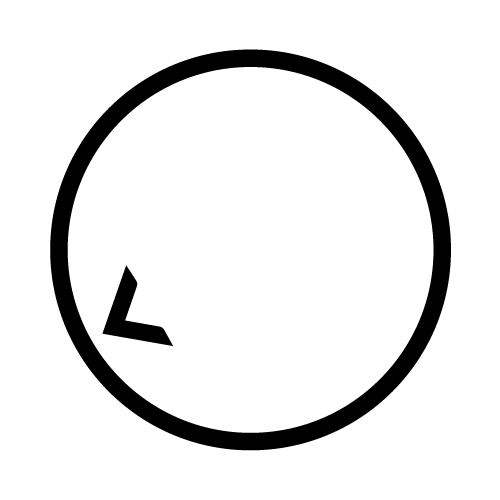



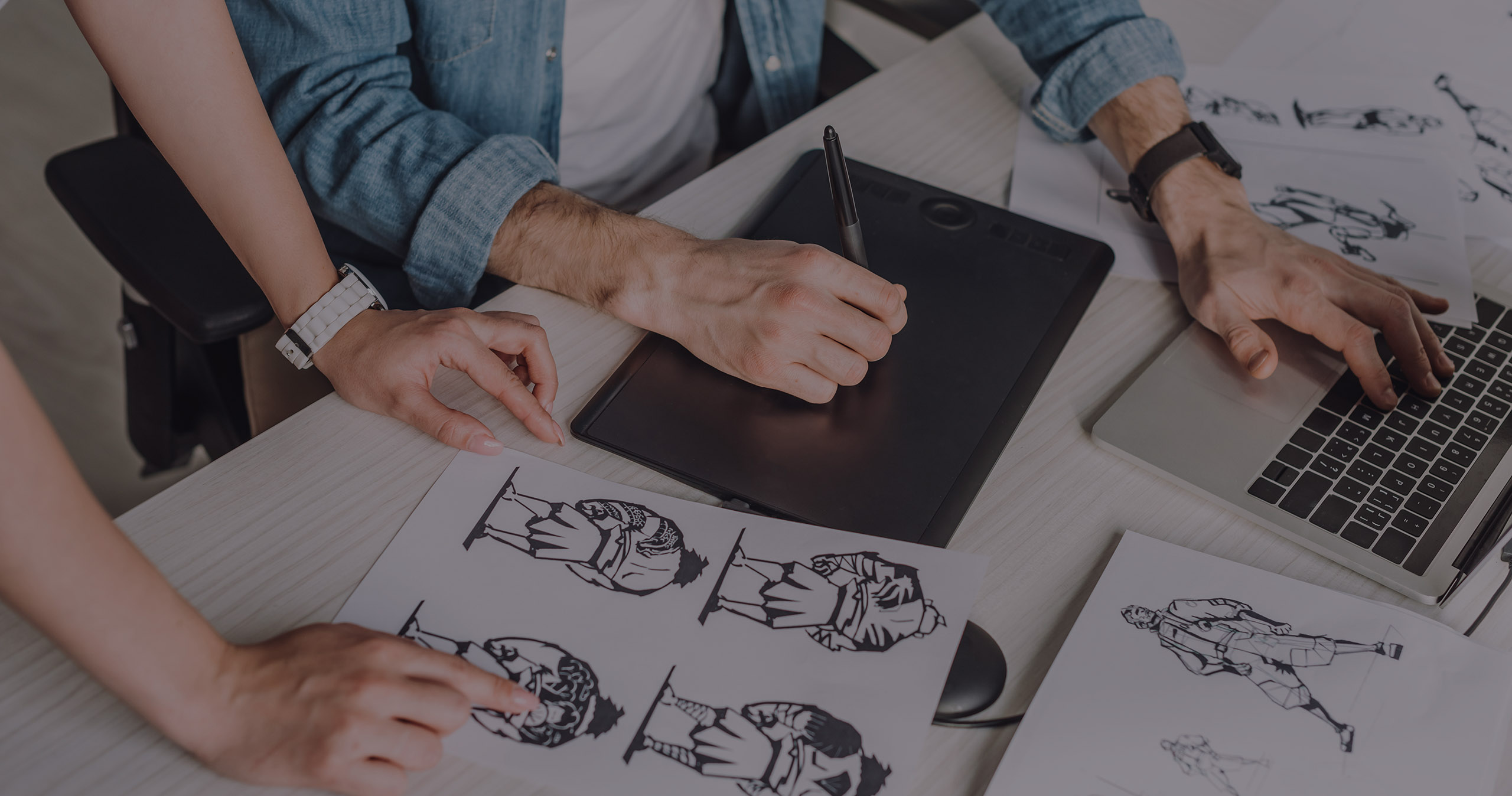
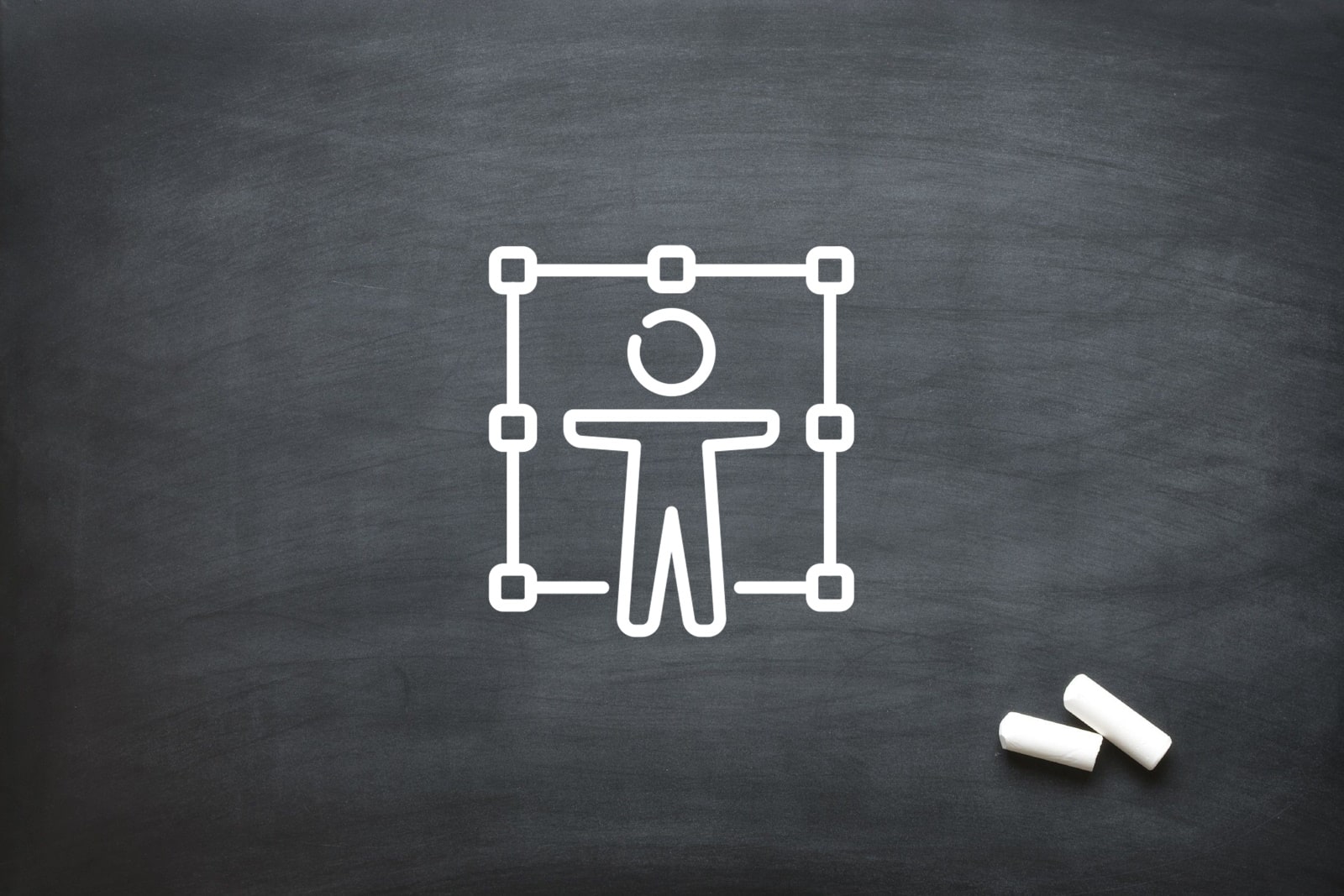
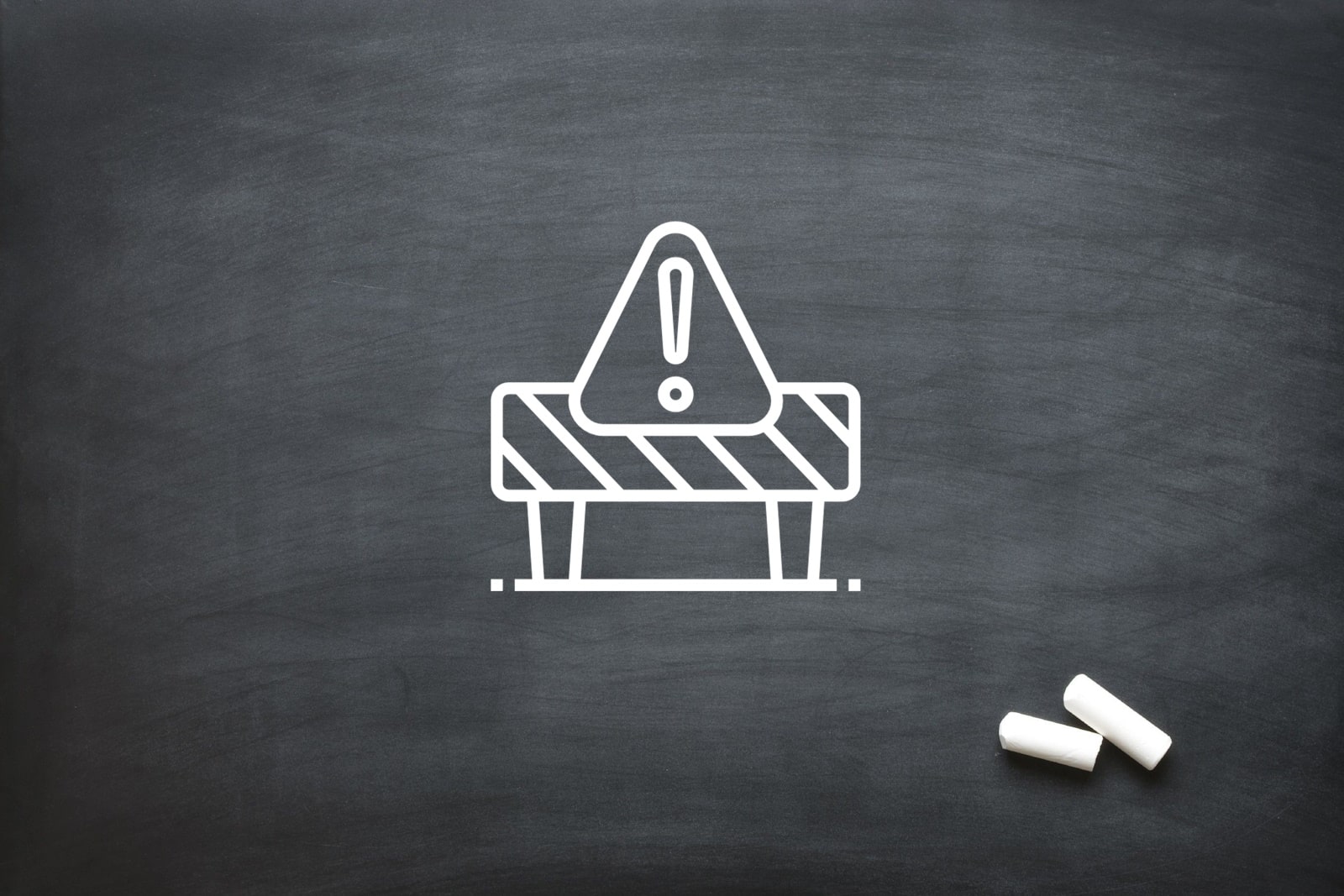
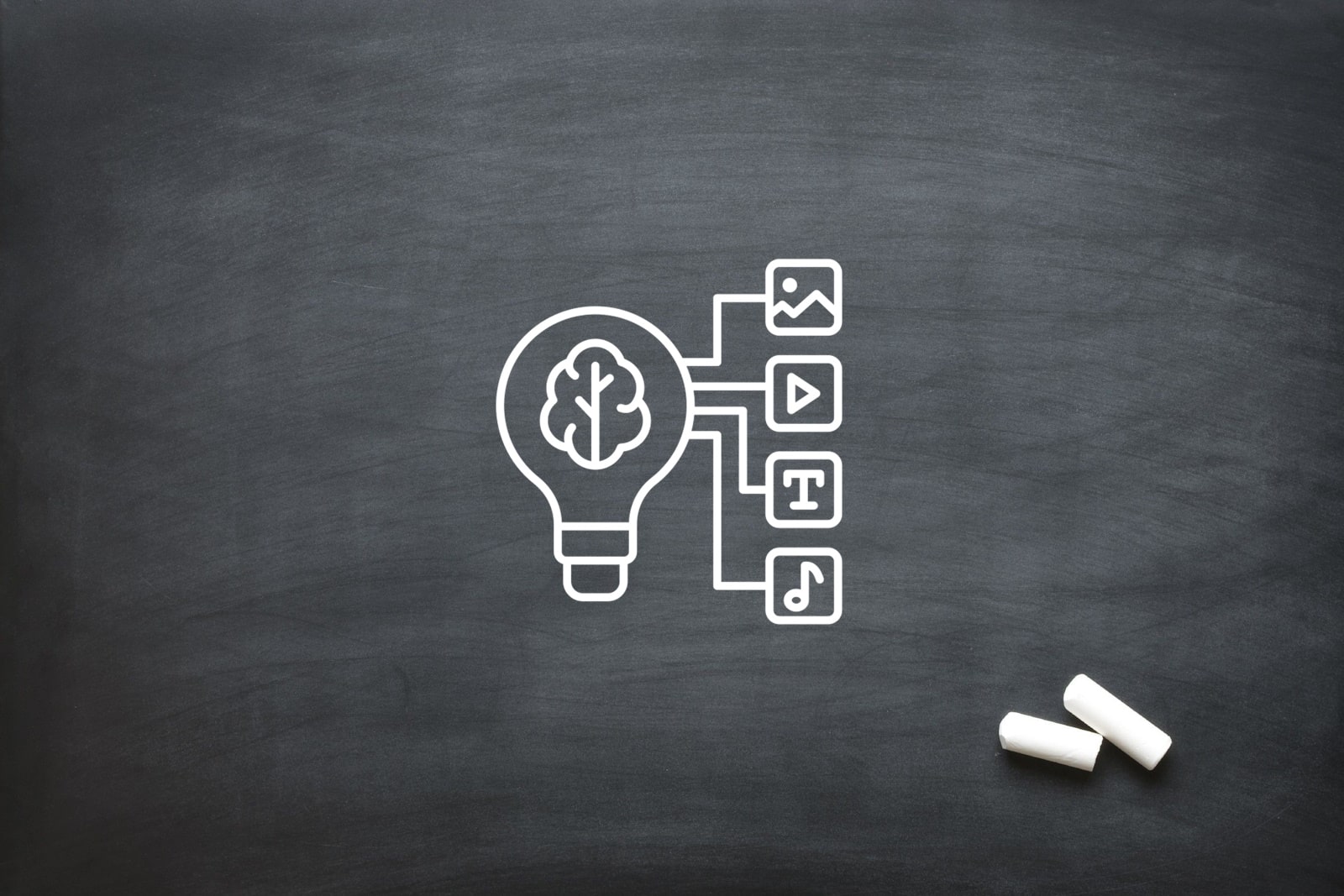
Pingback: 2D Animation for eLearning - Sound Idea Digital
20/09/2022 9:23 AMBlobeta Thambeka
25/09/2022 12:16 PMThank you for this helpful article I feel like I now know which animation style to choose for our next corporate video!
Howard Tam
26/09/2022 9:51 PMSuch an insightful article! I really enjoy reading your articles, it helps me optimize my work processes.